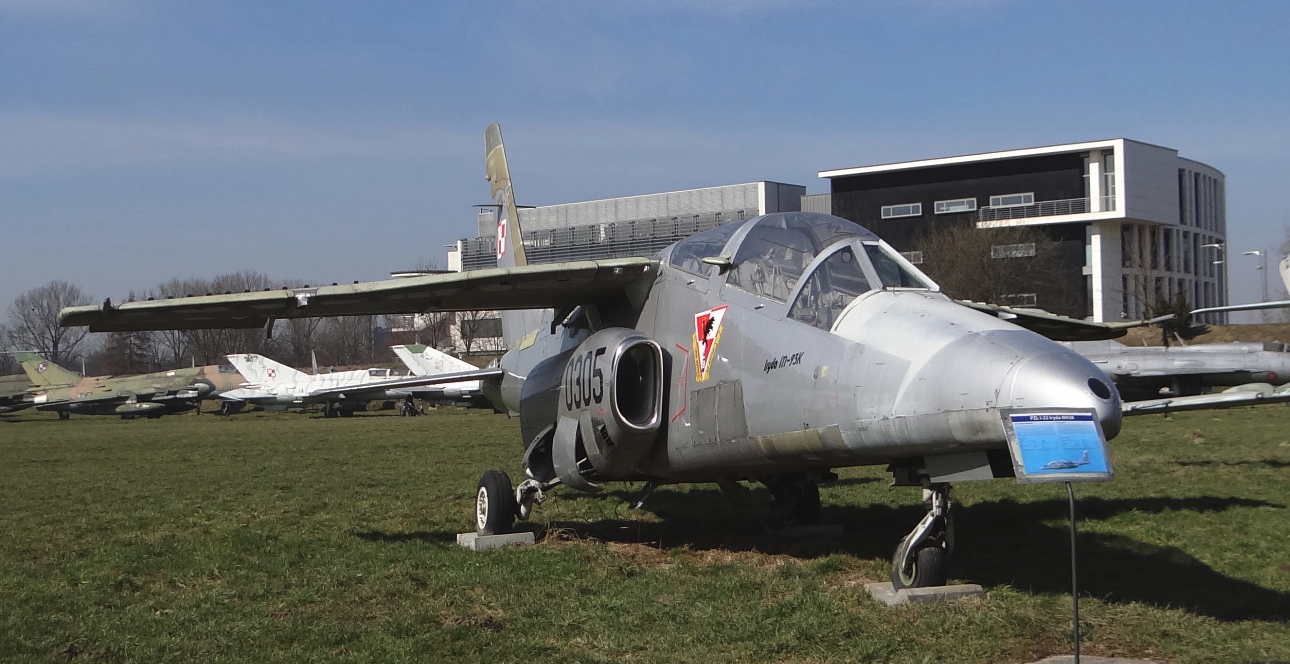Kraków 2015-09-07
Polish Aviation Industry – Part 20
Instytut Lotnictwa – Institute of Aviation
The first aviation science and research facility in Poland was established in 1921 and was called the Military Aviation Research Center. In August 1926, the facility was transformed into the Aviation Technical Research Institute, which in August 1936 changed its name to the Aviation Technical Institute. This facility researched and assessed airplanes, aircraft engines and aviation equipment. The facility was located at the Mokotów Airport. Its buildings were completely destroyed during World War II.
In 1945, the Technical Institute of Aviation resumed its activity spontaneously. It was located in facilities in Warsaw’s Okęcie. After the reorganization, mainly in terms of staffing, the name was changed to the Central Aviation Institute, and since 1952, it has been called the Institute of Aviation, and so it is until now (2020).
The Institute of Aviation conducted research in the field of: aerodynamics, strength of aviation structures, flight tests, aircraft engines, aviation equipment and fittings and aviation materials. Already in the 70s, the institute had four wind tunnels. There were several engine test stands and other laboratories.
In the 1950s, the Institute of Aviation mainly dealt with airplanes that were built in Poland under a license from the CCCP. These were fighter planes of the MiG-15 / Lim-1 family and the Po-2 / CSS-13 biplane.
The helicopters BŻ-1 GIL (1950, Bronisław Żurakowski), BŻ-4 Żuk (1958, Bronisław Żurakowski), JK-1 Trzmiel (1957, Jerzy Kotliński; winged version of the SM-1 helicopter), Tadeusz Sołtyk (including the preliminary design of the TS-11 Iskra), the MD-12 passenger plane, the LALA-1 test plane (1972, An-2 conversion for the Belphegor – Belfegor agricultural plane). All gliders produced serially in Poland were tested in IL.
The Institute of Aviation has conducted extensive research on pulse and jet engines. This research, around 1960, was completely stopped. The remains of these works can be seen at the Polish Aviation Museum in Czyżyny. IL conducted research on aircraft engines. Piston engines WN-3 with a power of 242 kW (330 HP), WN-4 with a power of 220 kW (300 HP), Turbojets SO-1, SO-3, Meteor meteorological rockets 1, 2, 3.
The following years of the Institute of Aviation’s activity were primarily work on the program of creating a training and combat aircraft, which resulted in the project of the PZL I-22 Iryda aircraft. The institute also designed the I-23 Manager four-seat composite aircraft, the I-25 As two-seat training aircraft, the IS-2 two-seat training and patrol helicopter and the PRP-560 Ranger patrol and rescue hovercraft.
Written by Karol Placha Hetman

